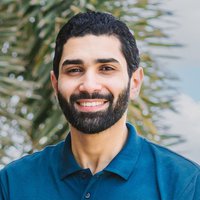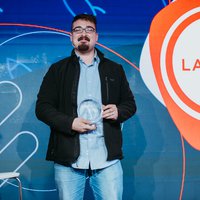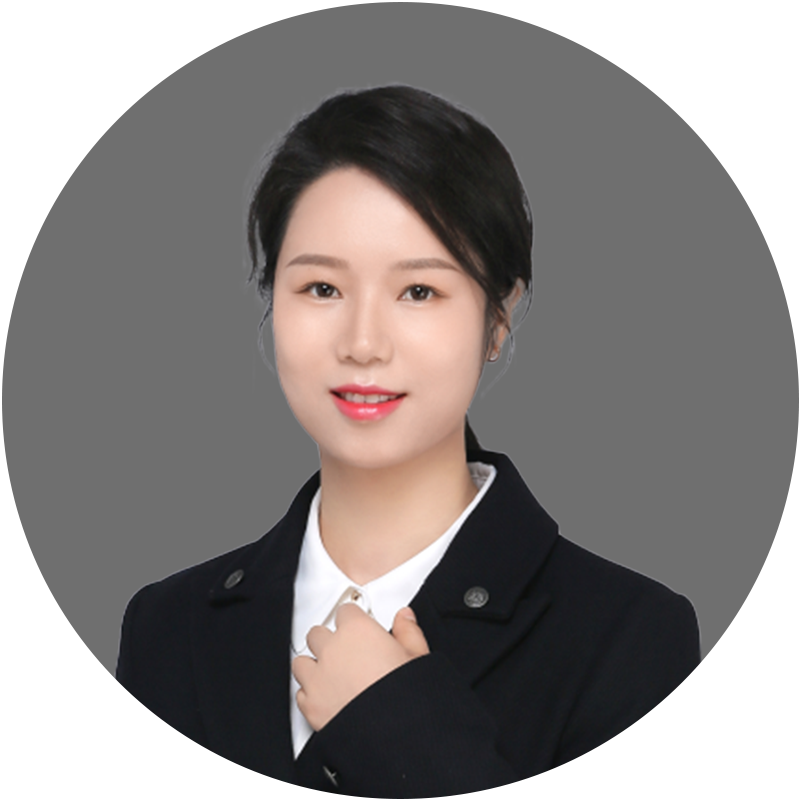Nanotechnology & materials
Chaoqun DANG
She achieved ultralarge and uniform elastic strain of diamonds.

China
Wei YAN
Integrating sophisticated electronic and optoelectronic devices into fibers.

MENA
Wedyan Babatain
The development of soft multifunctional wearable platform using graphene and liquid metal-based electronics.

MENA
Jehad El-Demellawi
Employing high-performing, low-cost nanomaterials to replace high-cost materials like silver.

Latin America
Matías Moya
Removes pollutants from the air and captures carbon with an additive for paints and asphalts using precision nanotechnology.
